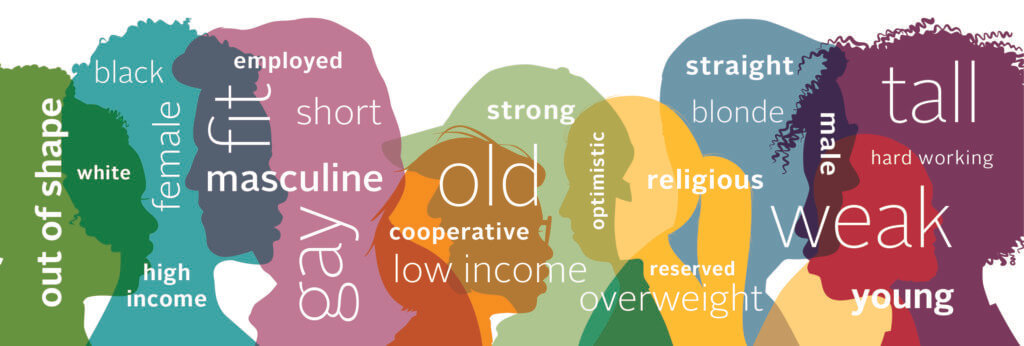FDA unveils first changes to nutrition labels in 20 years

The United States Food and Drug Administration recently announced changes to the nutrition facts on food labels. The changes to the labels come in response to decades of research linking diet to chronic diseases such as diabetes and obesity, as well addressing the need for the labels to more consumer-friendly.
Nutrition labels have historically been difficult to understand for the majority of consumers and it is the hope of the FDA and First Lady Michelle Obama that the recent changes will help shoppers make healthier choices.
“A lot of consumers did not even look at the food labels because they did not know what any of the numbers and percentages meant,” said Shreela Sharma, Ph.D., associate professor of epidemiology and registered dietitian, The University of Texas Health Science Center at Houston (UTHealth) School of Public Health. “It was a lot of information, but not well thought out because not everyone eats a 2,000 calorie per day diet, and it was not useful information for most people.”
The biggest changes to the nutrition facts labels are a larger font for servings per container and updated serving sizes. To better reflect today’s realistic serving sizes, food and drink labels will now also show the nutrition facts as being one serving for the entire container or bottle of food as opposed to multiple servings per item.
“Manufacturers will now be required to show the servings per container if the container has more than two servings,” said Arthur Garson, M.D., director of the Health Policy Institute at the Texas Medical Center. “We know that the public wants simplicity and showing the total number of calories in a container is a step in the right direction.”
In addition, the new labels declare actual amounts, percentages and values of nutrition, larger font for calories per serving and a change in nutrients listed at at the bottom of the label. The FDA has also created a section to show the amount of added sugars in a product compared to the natural sugars a product contains.
“Many people avoid buying products that have any sugar because they think all sugars are bad, but they are not,” Sharma said. “By showing the difference between added sugars and natural sugar people can feel better about eating sugars that are good for them.”
This will be the first time in 20 years that the nutrition facts labels have been changed, and the changes are the result of modern scientific and nutritional information. In addition to helping consumers make more informed decisions when they are buying groceries, the FDA hopes that the changes in the nutrition labels will help control the growing obesity rates in the country.
“We do not need any more data to tell us that obesity is a problem in the United States,” Garson said. “I commend the FDA for making these changes and I look forward to conducting more research to see how well these changes work.”
Although the nutrition facts label changes have been announced, food manufacturers have until July 2018 to update their labels. For more information on the recent changes, please visit https://www.fda.gov/Food/GuidanceRegulation/GuidanceDocumentsRegulatoryInformation/LabelingNutrition/ucm385663.htm




